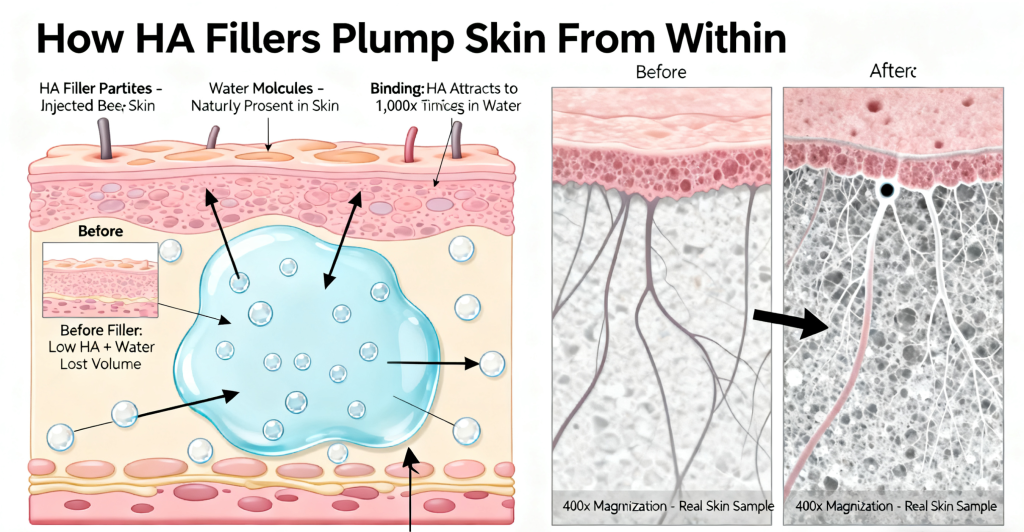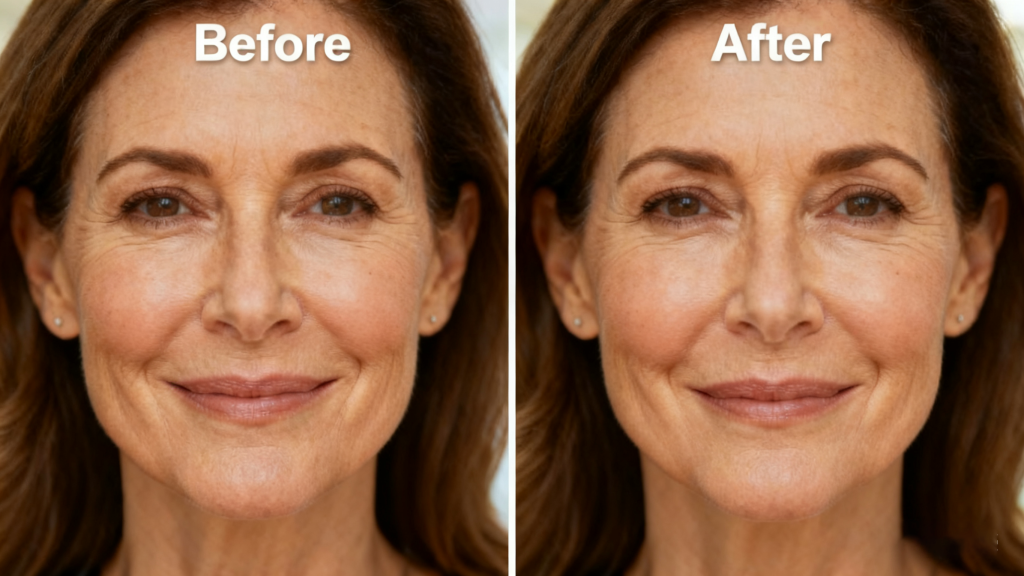Don't miss our holiday offer - up to 20% OFF!
Everything You Need to Know About Dermal Fillers for a Youthful Glow
Dermal fillers have become a go-to choice for anyone seeking to refresh their appearance without invasive surgery—and for good reason. These injectable treatments are designed to restore volume, smooth fine lines, and enhance facial contours, all while delivering results that look natural, not overdone. But if you’re new to dermal fillers, you likely have questions: How do they differ from other cosmetic treatments? Which areas can they target? And is the process safe? Let’s break it down.
What Are Dermal Fillers, Exactly?
Dermal fillers are gel-like substances injected beneath the skin to address signs of aging caused by volume loss. Unlike Botox (which relaxes muscles to reduce dynamic wrinkles), fillers work by “filling in” gaps—whether that’s plumping thin lips, softening smile lines around the mouth, or restoring fullness to sunken cheeks. The most common filler ingredient is hyaluronic acid (HA), a naturally occurring substance in the body that binds to water, keeping skin hydrated and supple. Other types include calcium hydroxylapatite and poly-L-lactic acid, which stimulate collagen production for longer-lasting results.

Top Treatment Areas for Dermal Fillers
One of the biggest benefits of dermal fillers is their versatility. They can be used to enhance nearly any area of the face where volume loss or fine lines appear:
- Lips: Add fullness to thin lips or define lip borders for a more youthful pout.
- Cheeks: Restore lost volume to sunken cheeks, creating lifted, sculpted contours.
- Nasolabial Folds: Smooth the “smile lines” that run from the nose to the corners of the mouth.
- Tear Troughs: Reduce dark circles and under-eye hollows for a brighter, more awake look.
- Jawline: Define a weak jawline or reduce jowls for a more structured facial profile.

What to Expect During Your Filler Session
A typical dermal filler session takes 30–60 minutes, making it easy to fit into a busy schedule. Here’s what the process looks like:
- Consultation: Your provider will discuss your goals, assess your facial structure, and recommend the right filler type and amount.
- Preparation: The treatment area will be cleaned, and a topical numbing cream may be applied to minimize discomfort.
- Injection: Using a fine needle, the filler is injected precisely into the target area. You may feel a slight pinch or pressure, but pain is minimal.
- Post-Treatment: Your provider will massage the area to ensure even distribution. You can return to daily activities immediately, though mild swelling or bruising may last 1–3 days.
How Long Do Results Last?
The longevity of dermal filler results depends on the type of filler used and the treatment area. HA fillers typically last 6–12 months, while collagen-stimulating fillers (like poly-L-lactic acid) can last 2 years or more. To maintain results, most people schedule touch-up sessions every 9–12 months.
If you’re ready to refresh your appearance with a treatment that’s safe, quick, and customizable, dermal fillers could be the solution you’ve been looking for. Always choose a board-certified provider to ensure your treatment is done with precision and care.

Hi, this is a comment.
To get started with moderating, editing, and deleting comments, please visit the Comments screen in the dashboard.
Commenter avatars come from Gravatar.